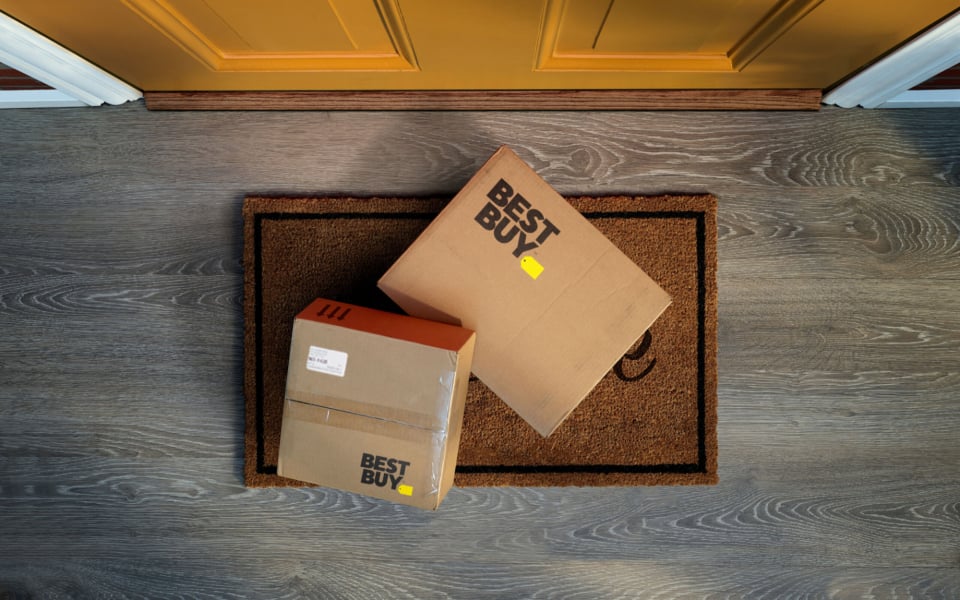The convention of entering a big-box supermarket and perusing the isles whilst slowly pushing an overflowing cart is not just quotidian, it's sacred. But sanctity and normalcy of this activity is currently threatened by evolving consumer trends and new products.
Retailers across the nation have grossly over-estimated the amount of space and inventory required to satisfy demand for products in supermarkets. A commercial real estate firm called CoStar Group has estimated that the commercial square footage of retail food space per capita is actually "4.15 square feet of food retail per person in 2016, nearly 30 times the amount of space major grocery chains had in 1950."
The mismatch occurred primarily due to the emergence of new business models in the food industry, including meal-kit services or meals that exploit the new snacking trend that has possessed consumers.This has made traditional grocery shopping experiences redundant, as consumers simply don't have the same need to purchase groceries to prepare home-cooked meals that they once did, leaving shelves fully stocked and sales plunging.

The sudden growth spurt of smaller stores that now offer healthy groceries and fresh food as subsidiary products such as dollar stores, drug stores, club stores and convenience stores had perhaps coerced supermarket chains to increase their retail space to outdo such competitors, who also looked to groceries as a viable, alternative revenue stream. But it has had the opposite effect, creating a surplus of food that has forced retailers to decrease prices to meet equilibrium demand and lower profits.
Competition from Amazon.com
"We've hit that critical moment where traditional supermarkets have realized they can't keep opening new stores to solve their problems," Kantar Retail analyst Diana Sheehan said.

As pessimistic as analysts sound about the future of grocery store, sometimes it takes a rugged rock to see the value of a semi-precious stone. Some people say that food retail is actually a driving force behind the survival of traditional shopping malls, who have been adversely affected by the declining brick-and-mortar retail industry.
"Food retail is one thing helping struggling malls survive," said June Williamson, an architecture professor at the City College of New York.
The trend of expanding supermarkets has helped to replace the void left by retail stores that are shutting down in malls across the country. In fact, Kroger itself recently purchased a former Macy's at Kingsdale Shopping Center in Upper Arlington, Ohio, proving that maybe there is some good in the midst of all the losses.
That being said, even if the extra square footage would help the malls survive temporarily, ultimately the burden of supermarkets and the ensuing debt is simply being transferred from one outlet to the other. It isn't long before the whole, sacred experience comes crashing down, shopping carts and all.



















